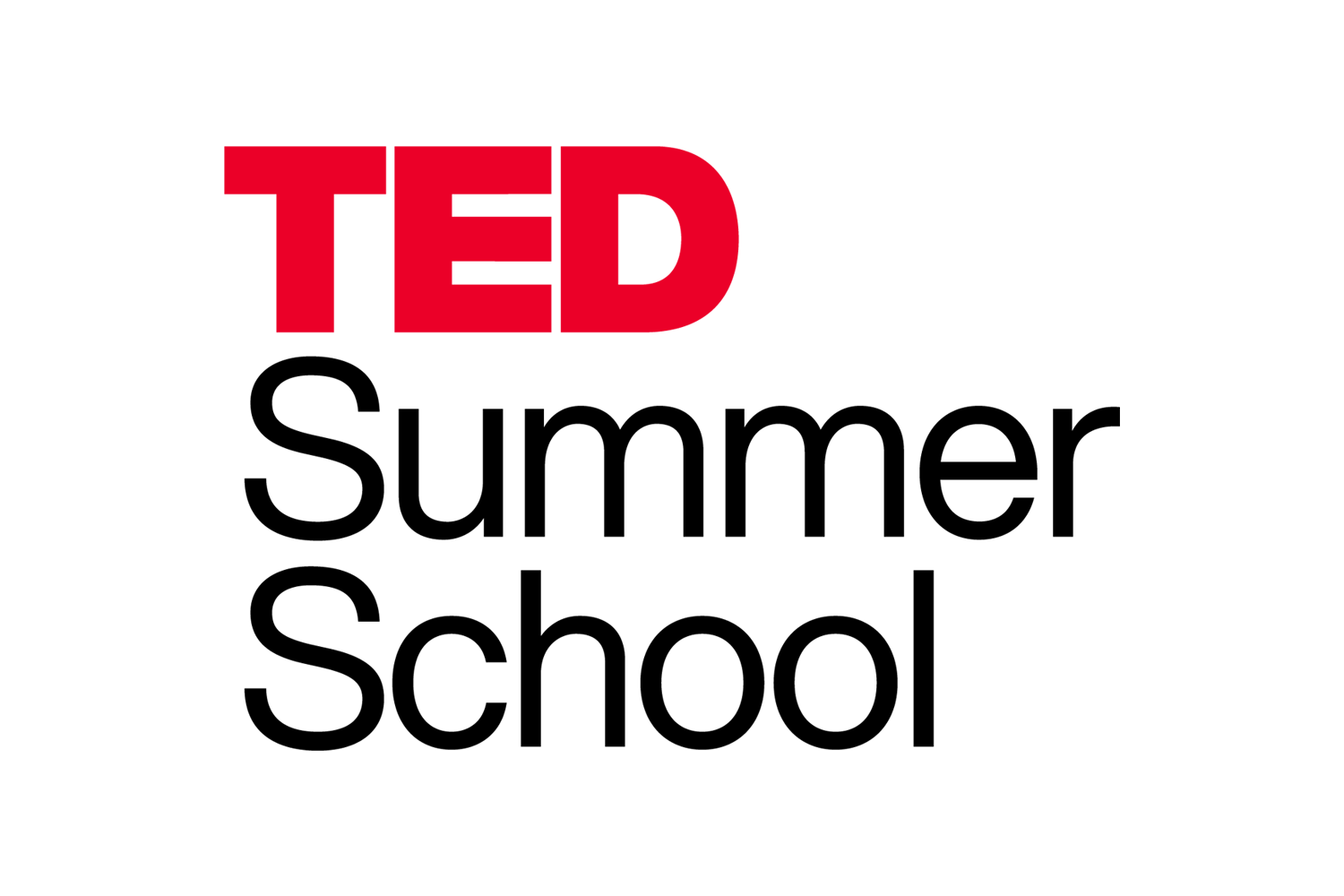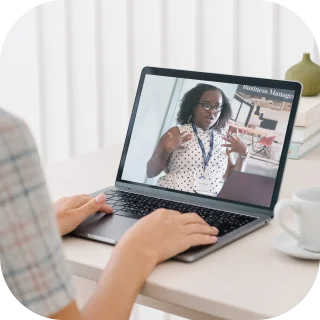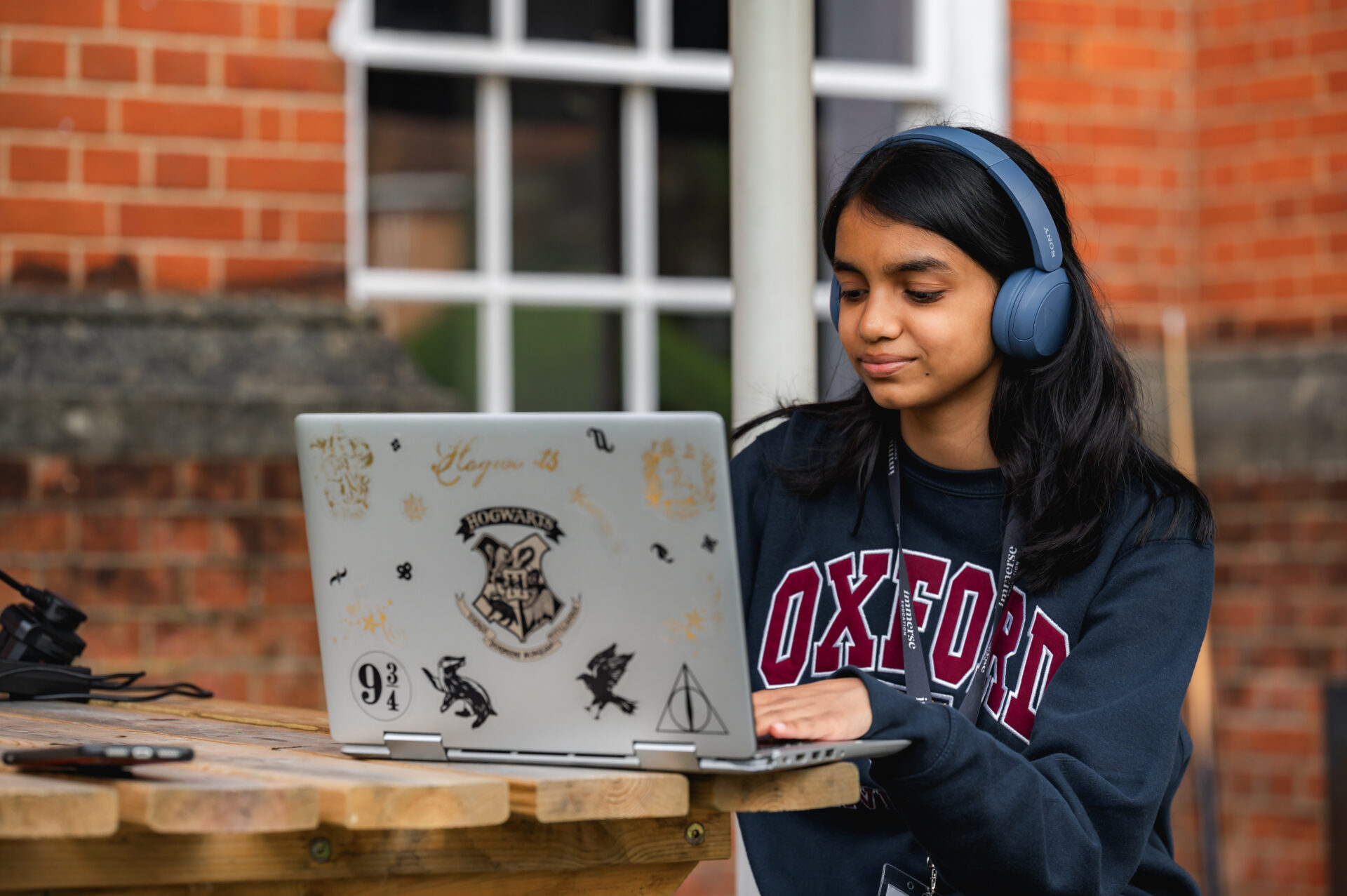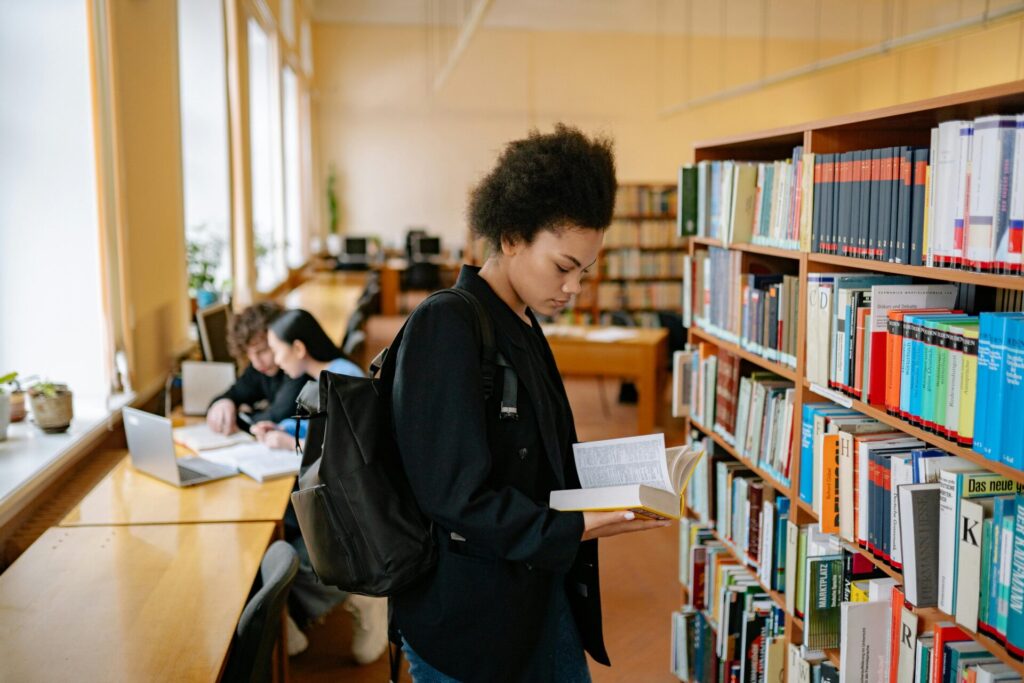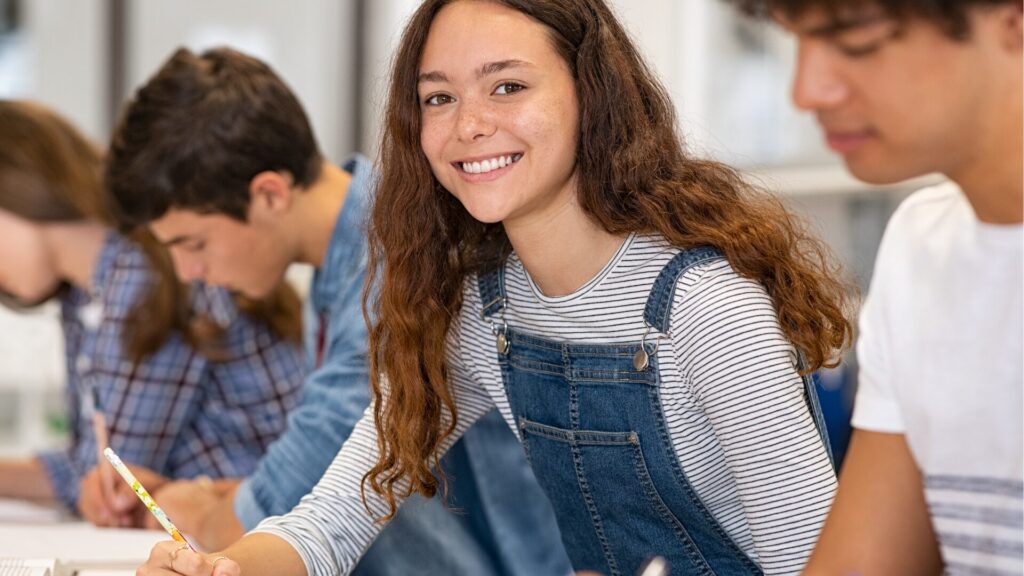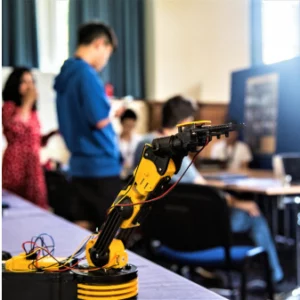The way you express yourself defines how you connect, lead, and grow. In today’s world, understanding the types of communication skills is one of the most valuable tools you can develop. Whether you’re studying, preparing for college, or building your career, your ability to communicate shapes every opportunity that follows. Strong communication isn’t limited to words, it includes your body language, tone, listening habits, and even how you organize ideas visually.
When you understand the different types of communication skills, you become more confident in expressing thoughts clearly and understanding others deeply. From classroom discussions to professional meetings, these skills influence teamwork, leadership, and problem-solving. In this article, you’ll explore the core types of communication, learn how they differ, and discover ways to strengthen them through practice and awareness. You’ll also find out how students like you can enhance these skills through summer programs for high school students, where academic and real-world communication come together in meaningful ways.
Understanding the Types of Communication Skills
Communication goes beyond speaking, it’s how you interpret, express, and respond to information. When people talk about the types of communication skills, they often refer to five major categories: verbal, nonverbal, written, visual, and listening. Each serves a unique purpose and plays a role in how messages are received and understood. Recognizing their differences helps you adapt to various environments, from classrooms to workplaces.
Verbal communication uses words to share ideas, while nonverbal cues, like gestures and posture, convey emotion and attitude. Written communication ensures clarity through structure and tone, and visual communication simplifies complex ideas using imagery or design. Listening, the often-overlooked skill, ensures that your responses are thoughtful and relevant. By mastering these, you build a communication toolkit that strengthens relationships and boosts collaboration.
Many people also ask, “What are the four types of communication?” These are verbal, nonverbal, written, and visual, each overlapping with essential skills like listening. When you combine these effectively, you create a powerful mix that helps you articulate ideas, understand others, and lead with empathy. In programs like the media & journalism summer school, students explore how these forms of communication connect to storytelling, teamwork, and real-world expression.
The Five Types of Communication Skills Explained
Each type of communication skill has a distinct function, yet all work together to make interactions meaningful. Verbal communication is the most direct, it includes conversations, speeches, and discussions where tone and word choice shape the outcome. Using confident, precise language can help you sound credible and persuasive. When you speak, remember that how you say something often matters as much as what you say. Practicing presentations or debates in summer pre college programs can help refine this skill through real-life application.
Nonverbal communication, on the other hand, involves facial expressions, gestures, and body posture that often speak louder than words. A smile can encourage connection, while steady eye contact signals attentiveness and respect. Even in virtual communication, body language and facial cues contribute to engagement and understanding. Developing awareness of these nonverbal signals allows you to align your words and actions, ensuring your message feels authentic and consistent. It also fosters empathy, an essential quality in effective leadership and collaboration.
Written communication focuses on structure, clarity, and precision. Whether you’re composing an essay, an email, or a report, it demands thoughtful planning, tone awareness, and careful attention to detail. Clear writing reflects clear thinking and reinforces your credibility as a communicator. Visual communication, meanwhile, enhances understanding by presenting data or emotions through design elements such as charts, infographics, and color psychology. Finally, listening, both active and empathetic, forms the foundation of all communication, building trust and ensuring that conversations move forward productively.
The Seven Core Skills of Effective Communication
Understanding the seven skills of communication helps you see how the five main types expand into daily habits that make interactions more effective. These seven include listening, clarity, confidence, empathy, respect, nonverbal awareness, and constructive feedback. Together, they turn communication into a two-way process built on understanding rather than assumption. Each skill deepens your ability to express yourself and connect with others meaningfully.
Listening is the foundation of all communication because it shows respect and interest. Clarity ensures that your ideas are understood without confusion, while confidence helps you speak with purpose. Empathy allows you to respond thoughtfully to different perspectives, and respect ensures that every exchange feels safe and open. Nonverbal awareness reinforces your message by matching tone and gesture, and feedback encourages growth by promoting honest reflection. These seven skills complement the types of communication skills and make them more practical in real-world situations.
Imagine you’re participating in a debate during one of your summer programs for high school students. You’ll need confidence to express your ideas, clarity to organize your thoughts, and empathy to listen to others’ perspectives, similar to what’s taught through journalism work experience, where students learn to communicate clearly, write effectively, and adapt to different audiences. Each skill works together, making the exchange engaging and respectful. Developing these abilities not only improves your speaking and writing, it shapes how you think, learn, and lead.
Why Communication Skills Matter in School, Work, and Life
Understanding the types of communication skills is not just about theory, it’s about how you use them in daily life. In school, these skills help you participate actively in group projects and discussions, showing that you can both share ideas and listen to others. When you communicate clearly, teachers and classmates better understand your perspective, which leads to stronger collaboration. In professional environments, clear communication helps teams achieve goals, resolve conflicts, and build trust. In everyday relationships, it strengthens empathy and understanding, helping you navigate challenges with confidence.
At work, your communication ability often determines how effectively you lead or contribute. A leader who explains ideas clearly inspires others, while an employee who listens actively strengthens team morale. Communication ensures that everyone moves toward shared objectives without confusion. Whether it’s verbal instructions, written emails, or nonverbal cues during meetings, each skill shapes productivity and respect. You’ll notice that successful professionals rarely rely on one form alone, they use several types of communication skills fluidly depending on context.
In school and beyond, these abilities also enhance creativity and self-expression. You may use written communication to craft essays, verbal skills for oral presentations, or nonverbal cues to build rapport in teamwork. Programs like summer school NYC programs often emphasize these skills through interactive lessons and collaboration. The more environments you engage in, the better you understand how communication shifts across contexts. That adaptability gives you a real edge in academics, leadership, and relationships.
How to Develop and Improve Each Type of Communication Skill
Developing the different types of communication skills takes practice, feedback, and self-awareness. Improving communication skills starts with listening, paying full attention without interrupting allows you to respond thoughtfully. When speaking, focus on clarity and tone; practice summarizing your ideas in short, effective sentences. You can also strengthen written communication by revising drafts and checking for flow and structure. Visual skills grow when you use images, graphs, or charts to simplify complex data, making your points more engaging. These small but consistent efforts make communication a daily habit rather than a one-time exercise.
Improvement comes through practice and exposure to different settings. Joining workshops or collaborative activities can reveal how others express themselves and how you might adapt. Nonverbal cues, such as body posture and facial expressions, can be refined by observing confident communicators. Written skills improve when you read high-quality articles and practice editing your work for tone and grammar. Over time, these habits help you communicate naturally and effectively. Students attending summer pre college programs often report major improvements after engaging in group discussions, presentations, and debates, because real interaction strengthens every skill.
You can also measure progress by reflecting on outcomes. Did your team respond positively to your presentation? Were your instructions understood the first time? These reflections help identify strengths and weaknesses. Building communication isn’t about perfection but growth, learning how to adjust to your audience and express ideas authentically. When you treat communication as a lifelong skill rather than a single goal, every interaction becomes a chance to improve.
Real-Life Examples of Strong Communication in Action
Seeing the types of communication skills in real situations makes them easier to apply. In education, a student who listens carefully during a group project and expresses ideas clearly ensures smoother collaboration. For example, a classmate who summarizes everyone’s points during a meeting practices verbal, listening, and nonverbal communication at once. These habits don’t just make projects successful, they make learning more inclusive. Teachers also use written and visual skills to explain concepts, showing how communication supports learning at all levels.
In professional settings, communication defines productivity and culture. Picture a manager leading a team meeting: their tone, posture, and clarity can motivate others to participate. When team members ask questions or share updates confidently, they reinforce transparency and trust. The most effective leaders use empathy to make others feel heard, even during disagreements. That’s why communication training is central in both corporate programs and summer programs for high school students, which prepare learners for leadership roles early on.
In daily life, communication shapes personal growth. Whether you’re resolving conflicts with friends, expressing gratitude, or discussing plans, your ability to combine verbal, nonverbal, and listening skills creates understanding. Digital spaces also challenge how we express tone, emails and texts rely heavily on written and visual clarity to prevent misinterpretation. The best communicators adapt seamlessly, blending logic with empathy. Recognizing these examples in your everyday routine helps you see communication not as a single act, but as a continuous, evolving skill.
Wrap Up
Mastering the different types of communication skills equips you to thrive in every aspect of life. From verbal clarity to nonverbal awareness, each skill you strengthen builds confidence and understanding. As you continue to study and grow, practicing these abilities across school, work, and relationships will enhance how effectively you connect with others. Whether through summer school NYC programs or summer pre college programs, every opportunity to communicate in diverse settings helps you mature into a thoughtful, adaptable speaker and listener.
At Immerse Education, communication is at the heart of every learning experience. Our students discover how clear expression, collaboration, and empathy enhance not only academic success but also personal growth. Through guided discussions, mentorship, and real-world projects, our summer programs for high school students help you practice and refine these essential communication skills in meaningful contexts. If you’d like to explore how Immerse can support your development, contact our team anytime at hello@immerse.education or call +44(0) 20 8123 6988. At Immerse, communication isn’t just taught, it’s lived through every conversation, challenge, and connection.


